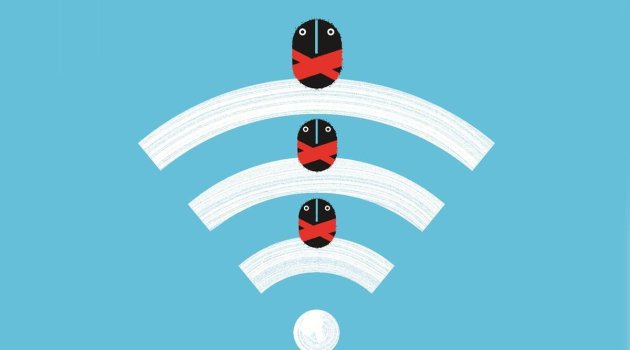Web3 is buzzing with blockchain companies foraying into the idea of a decentralized internet. However, former Twitter CEO Jack Dorsey is taking the idea of Web3 to the next level by launching Web5, a combination of Web3 and Web2.
Web5 is built on the Bitcoin blockchain, developed by The Block Head (TBH), one of the Bitcoin business units at Dorsey’s Block (formerly Square). The platform aims to bring decentralized identity and data storage to applications. “It lets developers focus on creating delightful user experiences while returning ownership of data and identity to individuals,” according to the company.
Here we explain all the things you should know about the evolution of the internet and how the world moved from Web 2.0 to Web5.
From Web 2 to Web3.0
Web3 refers to the next generation of the worldwide web, supposed to take over from Web2.0, which is more centralized and focused on user-created content. The idea of Web3 is a decentralized web that challenges the dominance of tech giants by giving the power and data in the hands of the internet users rather than big tech corporations. In short, Web3 means user data is distributed across networks and no single entity owns the information.
Tim Berners-Lee, the inventor of the World Wide Web, explained Web3 in 1999: “I have a dream for the Web in which computers become capable of analyzing all the data on the Web — the content, links, and transactions between people and computers. A “Semantic Web,” which makes this possible, has yet to emerge, but when it does, the day-to-day mechanisms of trade, bureaucracy, and our daily lives will be handled by machines talking to machines.”
Some of the use cases of Web3 are Decentralized Autonomous Organizations (DAOs), Decentralized Finance (DeFi), Stablecoins and Central Bank Digital Currencies (CBDCs), private and digital infrastructure, and creator economy enablers like NFTs and blockchain-based games.
Continue reading: https://indianexpress.com/article/technology/crypto/from-web3-to-web5-how-evolution-of-internet-is-focused-on-data-privacy-7966946/
Web5 is built on the Bitcoin blockchain, developed by The Block Head (TBH), one of the Bitcoin business units at Dorsey’s Block (formerly Square). The platform aims to bring decentralized identity and data storage to applications. “It lets developers focus on creating delightful user experiences while returning ownership of data and identity to individuals,” according to the company.
Here we explain all the things you should know about the evolution of the internet and how the world moved from Web 2.0 to Web5.
From Web 2 to Web3.0
Web3 refers to the next generation of the worldwide web, supposed to take over from Web2.0, which is more centralized and focused on user-created content. The idea of Web3 is a decentralized web that challenges the dominance of tech giants by giving the power and data in the hands of the internet users rather than big tech corporations. In short, Web3 means user data is distributed across networks and no single entity owns the information.
Tim Berners-Lee, the inventor of the World Wide Web, explained Web3 in 1999: “I have a dream for the Web in which computers become capable of analyzing all the data on the Web — the content, links, and transactions between people and computers. A “Semantic Web,” which makes this possible, has yet to emerge, but when it does, the day-to-day mechanisms of trade, bureaucracy, and our daily lives will be handled by machines talking to machines.”
Some of the use cases of Web3 are Decentralized Autonomous Organizations (DAOs), Decentralized Finance (DeFi), Stablecoins and Central Bank Digital Currencies (CBDCs), private and digital infrastructure, and creator economy enablers like NFTs and blockchain-based games.
Continue reading: https://indianexpress.com/article/technology/crypto/from-web3-to-web5-how-evolution-of-internet-is-focused-on-data-privacy-7966946/

